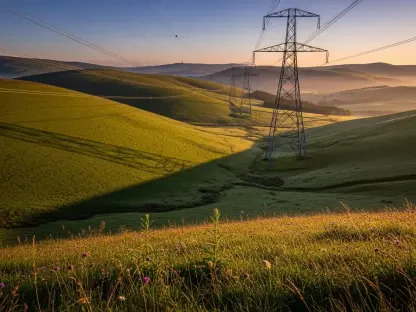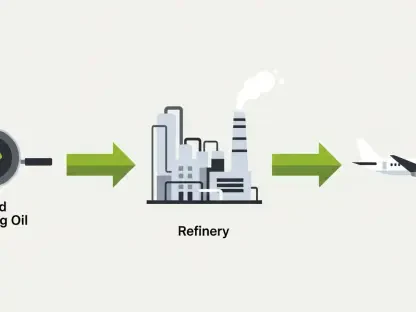India’s renewable energy sector has experienced remarkable growth, marking its most rapid expansion since 2022, with a 24% increase in the first half of 2025. This development reflects a significant shift in the country’s energy consumption patterns as it moves toward cleaner power sources. This analysis delves into the underlying factors driving this transformation and outlines projections that could reshape the future of energy in India.
Current Market Dynamics and Energy Transition
The strategic importance of renewable energy in India’s economic and environmental agendas has never been more evident. Initiatives aimed at reducing coal dependency have resulted in renewable energy generation reaching a record high of 134.43 billion kilowatt-hours. This shift, representing over 17% of India’s energy mix, underscores an essential move toward sustainable solutions against the backdrop of regulatory pressures and international commitments.
Analyzing Growth Drivers: Policies and Market Shifts
Regulatory Changes and Investment Trends
Recent policy reforms have played a pivotal role in fostering this growth within the renewable energy sector. Government actions, including subsidies and incentives, have attracted substantial investments from both domestic and international stakeholders. The expected addition of 32 GW of renewable capacity by the end of the year signals continued expansion. These strategies have not only promoted cleaner energy but have also facilitated reduced coal-fired generation by nearly 3%, amidst a milder summer season and slower economic conditions.
Impact of Domestic Demand Fluctuations
Aside from regulatory influences, domestic energy demand dynamics have also impacted growth. As the demand for coal has decreased due to economic adjustments, coal stockpiles have reached record levels, leading to lower import reliance. These shifts provide an ideal climate for renewables to thrive, thereby highlighting India as a significant global player in the renewable space, second only to China.
Regional Developments and Technological Advancements
States Leading the Charge and Potential Tech Breakthroughs
A focus on technological innovation and state-level initiatives also drives this sector’s success. Certain regions in India are adopting renewable technologies more aggressively, paving the way for further advancements. These innovations include smart grid technologies and improved energy storage solutions, essential for managing the integration of renewable sources into the existing infrastructure. As renewables gain traction, overcoming challenges related to their perceived cost and viability becomes crucial.
Strategic Outlook and Sector Challenges
Energy experts emphasize the necessity of addressing these technological disparities to ensure comprehensive nationwide adoption of renewable solutions. Strengthening grid infrastructure and enhancing storage solutions are seen as pivotal in achieving India’s ambitious target of 500 GW non-fossil fuel capacity, a vision that may realistically extend up to 2032.
Reflecting on India’s Renewable Energy Growth
The remarkable momentum experienced in 2025 has firm implications for stakeholders in the energy sector. It is evident that investing in modernizing grid technology and securing energy reserves offers promising returns. Businesses and governments can benefit from aligning strategic priorities with successful global examples, embracing the cost efficiencies and environmental benefits of renewables. Ultimately, diversifying energy portfolios not only positions India as a leader in clean energy but sets a benchmark for future sustainable practices across the globe.









